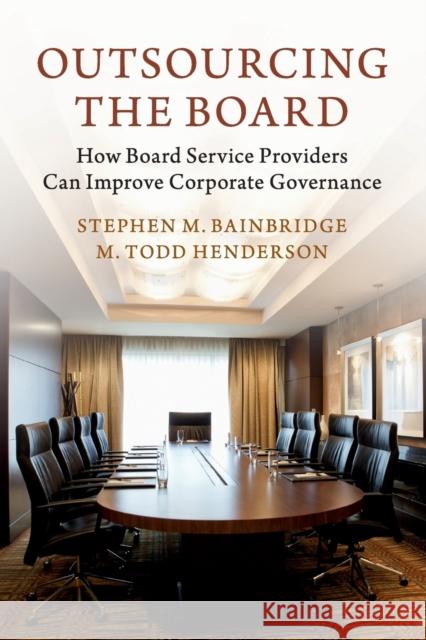Outsourcing the Board: How Board Service Providers Can Improve Corporate Governance » książka
topmenu
Outsourcing the Board: How Board Service Providers Can Improve Corporate Governance
ISBN-13: 9781316645123 / Angielski / Miękka / 2018 / 246 str.
Outsourcing the Board: How Board Service Providers Can Improve Corporate Governance
ISBN-13: 9781316645123 / Angielski / Miękka / 2018 / 246 str.
cena 135,43
(netto: 128,98 VAT: 5%)
Najniższa cena z 30 dni: 120,84
(netto: 128,98 VAT: 5%)
Najniższa cena z 30 dni: 120,84
Termin realizacji zamówienia:
ok. 22 dni roboczych
Bez gwarancji dostawy przed świętami
ok. 22 dni roboczych
Bez gwarancji dostawy przed świętami
Darmowa dostawa!
We propose that corporations be able to hire other corporations to provide board services.











